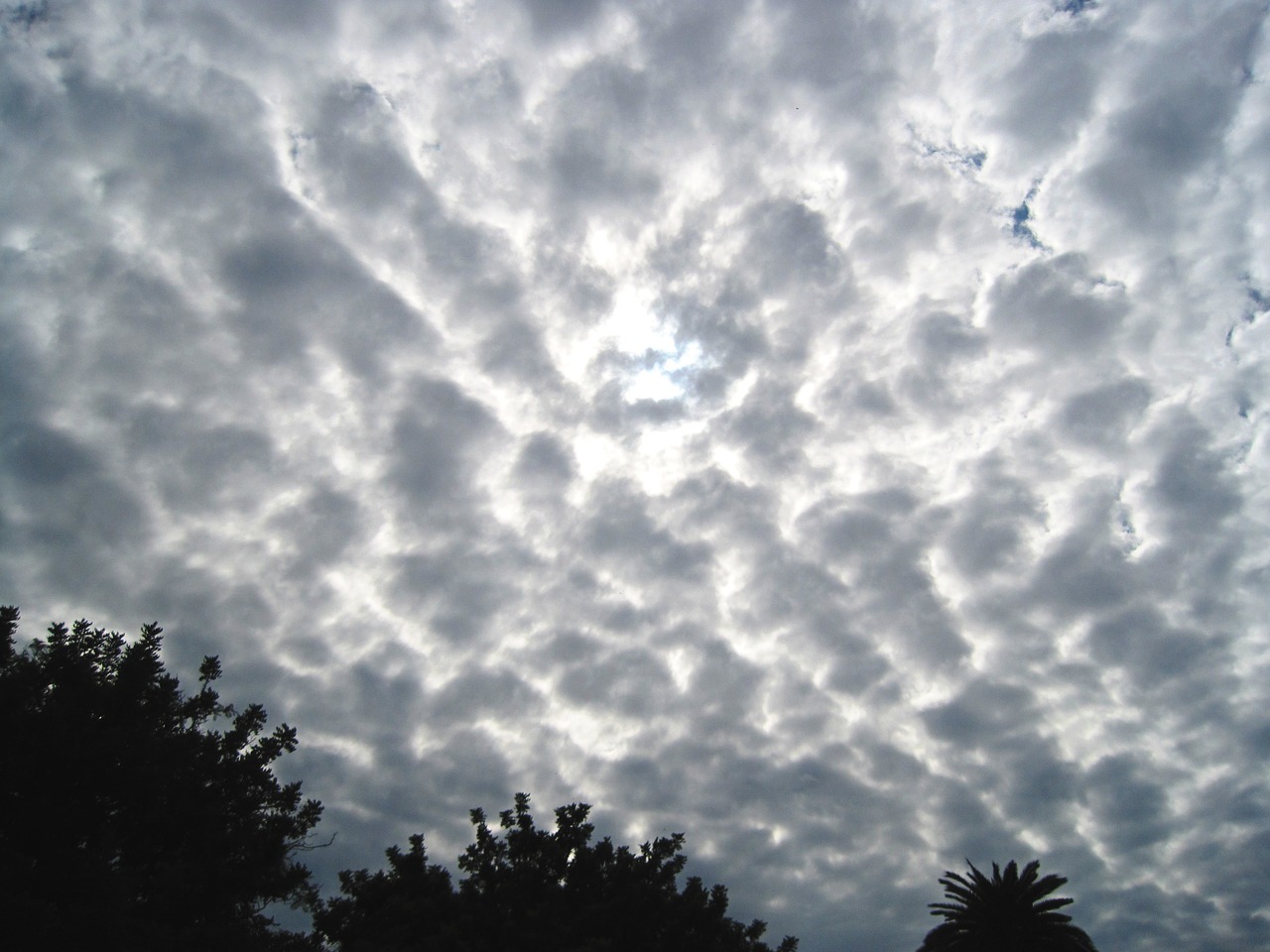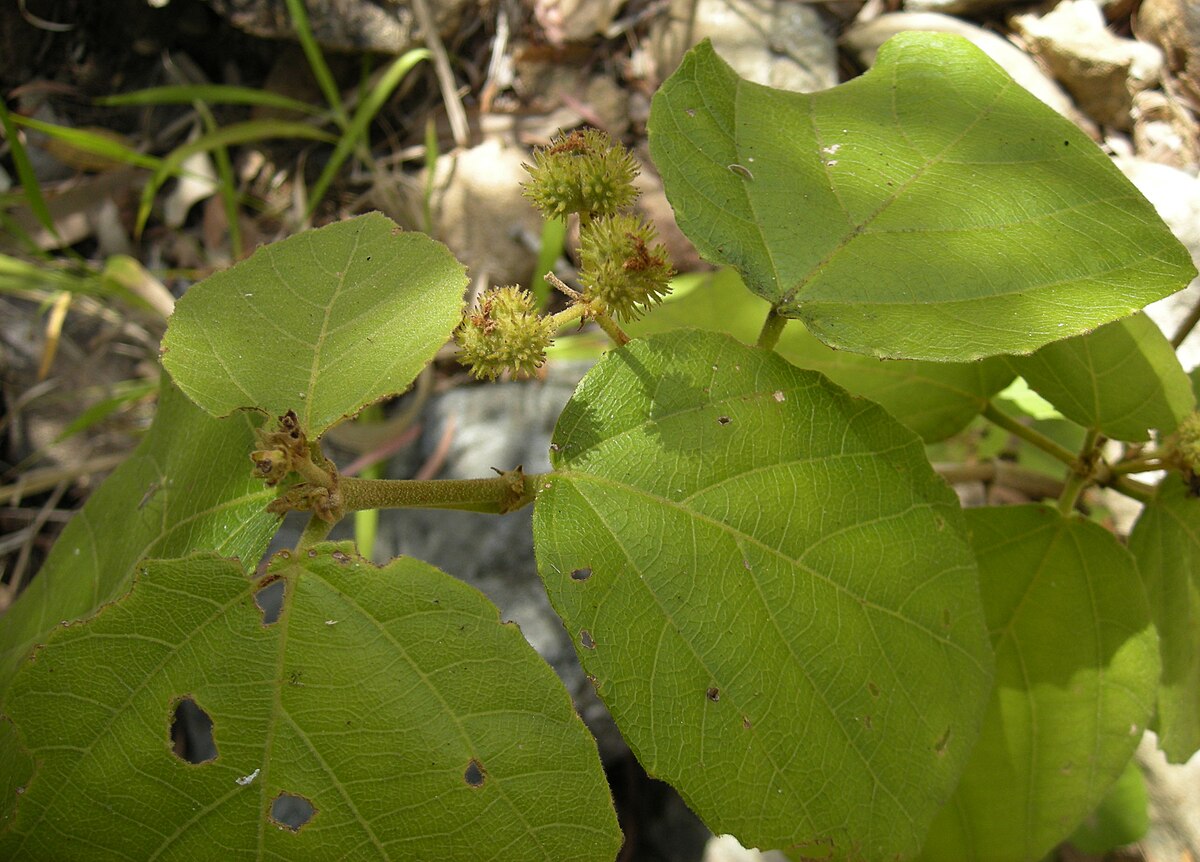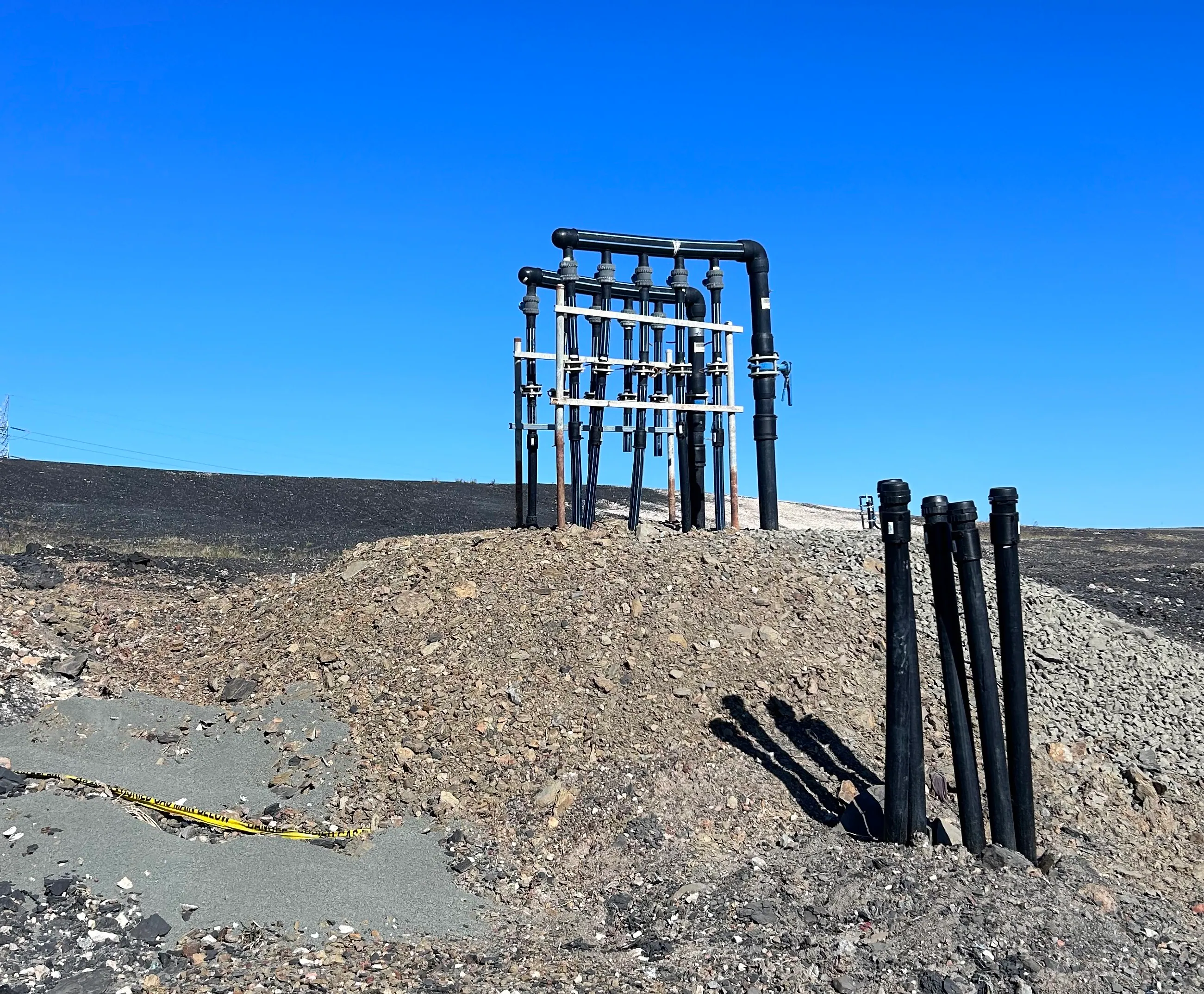Japan’s cherry blossoms, or sakura, are an iconic symbol of spring, drawing millions of visitors to admire their fleeting beauty. Traditionally, these delicate pink flowers bloom in early April, aligning with cultural festivals and celebrations. However, in recent years, they have been blooming earlier than ever, raising concerns among scientists and nature enthusiasts alike.
A Record-Breaking Trend
Historical data shows that cherry blossoms in Kyoto and Tokyo are reaching full bloom weeks ahead of their usual schedule. In 2021, Kyoto recorded its earliest full bloom on March 26, the earliest date in over 1,200 years. This pattern has continued, with scientists noting a steady advancement in peak bloom dates.
Why Are Cherry Blossoms Blooming Early?
The primary factor behind this shift is climate change. Rising global temperatures, particularly milder winters, are causing cherry trees to awaken from dormancy earlier than usual. Since the early 20th century, Japan’s average temperature has increased by more than 2°C (3.6°F), directly influencing the blooming cycle.
Another contributing factor is the urban heat island effect. Cities like Tokyo and Kyoto absorb and retain heat due to extensive concrete infrastructure, further accelerating the warming trend and pushing bloom dates forward.
The Impact of Early Blooms
While an earlier bloom might seem like a minor change, it has significant consequences:
-
Disrupting Hanami Festivals: Japan’s famous cherry blossom festivals are scheduled in advance, making it difficult to predict peak bloom times accurately.
-
Ecological Consequences: Birds, insects, and other wildlife rely on seasonal cycles for food and reproduction. An early bloom can throw these natural processes off balance.
-
Agricultural and Cultural Shifts: Farmers depend on predictable seasonal patterns, and disruptions can affect crop planning and traditional events tied to sakura season.
Looking Ahead
If climate change continues at its current pace, experts predict cherry blossoms may bloom even earlier in the coming decades. Reducing carbon emissions and implementing urban cooling strategies will be crucial in slowing this trend.
Despite these challenges, Japan continues to celebrate the beauty of sakura season, adapting to nature’s shifting rhythms while striving to preserve this cherished tradition.







